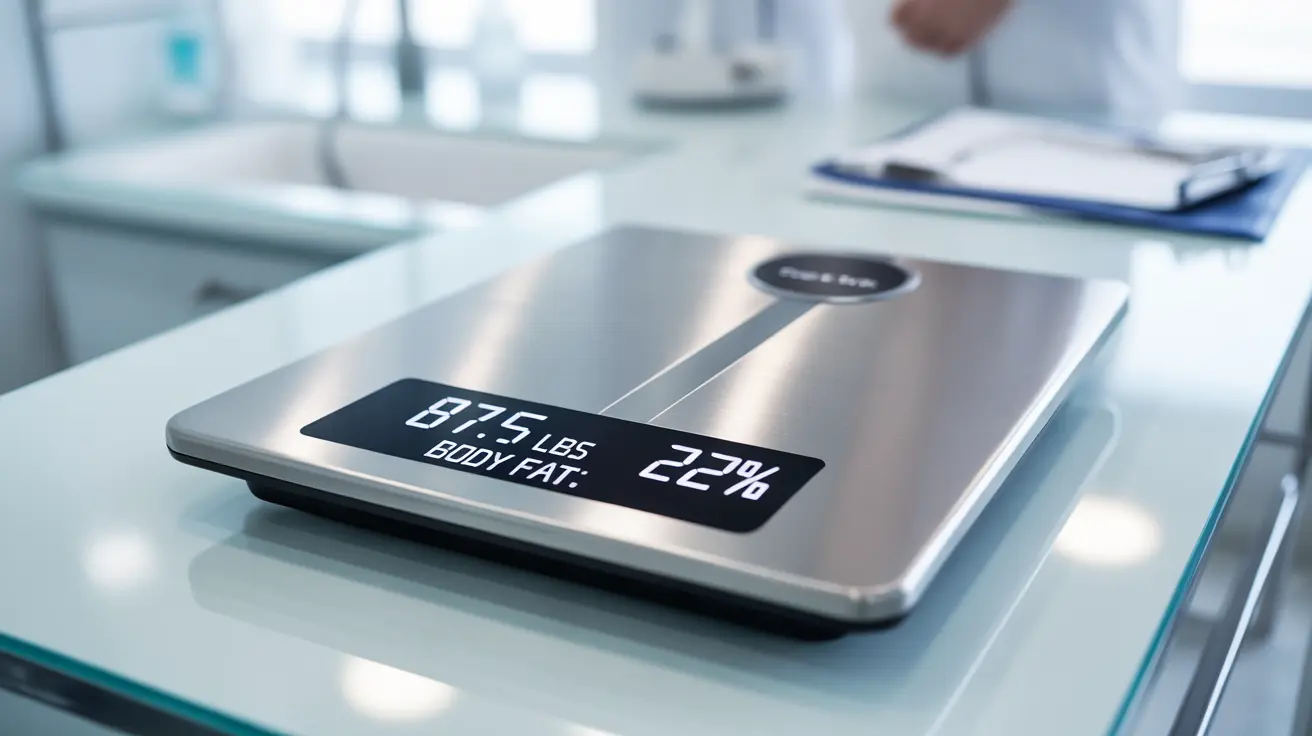In the world of fitness, not all exercises are created equal. Some movements stand out for their ability to target multiple muscle groups, improve overall body mechanics, and reduce the risk of injury. Face pulls are one such transformative exercise that has gained popularity among fitness enthusiasts and professional athletes alike for their remarkable benefits to shoulder health and upper body strength.
Whether you're an athlete, fitness beginner, or someone looking to improve their physical well-being, understanding the intricacies of face pulls can be a game-changer in your workout routine. This comprehensive guide will explore everything you need to know about this powerful exercise, from its unique muscle engagement to proper technique and implementation.
Understanding Face Pulls: More Than Just Another Shoulder Exercise
Face pulls are a specialized resistance training movement designed to target the posterior shoulder muscles, particularly the rear deltoids, rhomboids, and middle trapezius. Unlike many traditional shoulder exercises that focus on pushing movements, face pulls provide a crucial counterbalance by emphasizing pulling and retraction, which is essential for maintaining muscular symmetry and preventing potential injuries.
Key Muscle Groups Targeted
- Rear deltoids (primary focus)
- Rhomboids
- Middle trapezius
- Rotator cuff muscles
- Core stabilizers
Equipment Options for Performing Face Pulls
One of the most attractive aspects of face pulls is their versatility in equipment usage. While a cable machine with a rope attachment is ideal, individuals can effectively perform this exercise with alternative tools that suit their fitness environment.
Cable Machine Approach
The cable machine remains the gold standard for face pulls, offering consistent resistance and precise muscle targeting. By setting the pulley at head height and using a rope attachment, athletes can achieve optimal muscle engagement and control.
Resistance Band Alternative
For those without access to a cable machine, resistance bands provide an excellent and portable alternative. By anchoring a band to a sturdy high point, individuals can replicate the face pull movement with minimal equipment requirements.
Proper Technique: Maximizing Benefits and Minimizing Injury Risk
Executing face pulls with correct form is paramount to reaping their full benefits. The exercise demands precise movement patterns that engage the posterior shoulder muscles while maintaining overall body stability.
Step-by-Step Cable Machine Execution
- Attach rope handles to a high pulley
- Use lighter weights initially to perfect form
- Stand with feet hip-width apart
- Grasp handles with palms facing inward
- Pull handles toward forehead, leading with elbows
- Squeeze shoulder blades together at peak contraction
- Slowly return to starting position with controlled movement
Common Technique Considerations
- Prioritize scapular retraction over weight lifted
- Maintain an upright posture
- Avoid using momentum
- Focus on controlled, deliberate movements
Benefits Beyond Muscle Development
Face pulls offer more than just muscle strengthening. They play a critical role in shoulder health, posture improvement, and injury prevention. By specifically targeting often-neglected posterior shoulder muscles, this exercise helps counteract the forward-hunching posture common in modern sedentary lifestyles.
Comprehensive Advantages
- Enhanced shoulder stability
- Improved posture
- Reduced risk of shoulder impingement
- Balanced muscle development
- Increased upper body functional strength
Frequently Asked Questions
How do face pulls help improve posture and shoulder stability?
Face pulls strengthen the posterior shoulder muscles, which help pull the shoulders back and down. This counteracts the forward shoulder position caused by prolonged sitting and excessive chest exercises, thereby promoting better posture and reducing the risk of shoulder injuries.
What are the key muscles targeted during face pulls, and why is proper form important?
The primary muscles targeted are rear deltoids, rhomboids, and middle trapezius. Proper form ensures these muscles are effectively engaged without compensating with other muscle groups, which could lead to ineffective training or potential injury.
Can face pulls be done at home without a cable machine, and if so, what alternatives can be used?
Absolutely! Resistance bands provide an excellent home alternative to cable machines. By anchoring a band to a sturdy high point and following similar movement patterns, individuals can perform face pulls with minimal equipment.
What are some common mistakes people make when performing face pulls, and how can they be avoided?
Common mistakes include using too much weight, relying on momentum, and failing to squeeze shoulder blades together. To avoid these, start with lighter resistance, focus on controlled movements, and emphasize scapular retraction throughout the exercise.
How can incorporating face pulls into a workout routine help reduce the risk of muscle imbalances from excessive chest exercises?
Face pulls target the often-neglected posterior shoulder muscles, providing a crucial counterbalance to chest-focused exercises. By strengthening the back of the shoulders, they help prevent muscle imbalances that can lead to poor posture and potential shoulder injuries.




